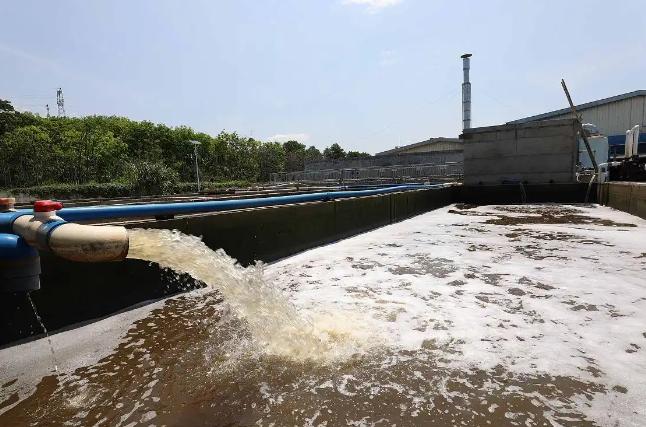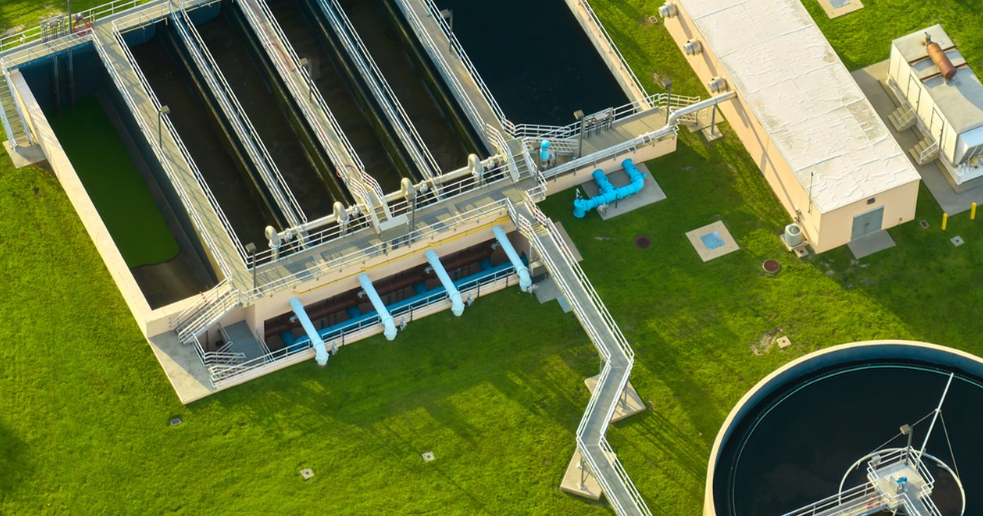Pharmaceutical wastewater is a complex effluent containing high levels of organic compounds, surfactants, and residual pharmaceutical ingredients. A major obstacle in its treatment process is excessive foam generation, which occurs when surface-active substances in the wastewater interact with air during aeration or mixing. Unchecked foam can disrupt biological treatment systems, lower oxygen transfer efficiency, block equipment, and result in failure to meet environmental discharge standards. This is where defoamers play a vital role, serving as essential tools to tackle foam-related issues.
Industrial defoamers are widely utilized in many industries, but pharmaceutical wastewater requires specific formulations due to its unique composition and strict regulatory demands. Ordinary industrial defoamers may contain harmful substances that could contaminate the wastewater or interfere with subsequent purification steps, making them unsuitable for pharmaceutical applications. Antifoam agents, a type of defoamer, work by reducing the surface tension of the liquid to prevent foam from forming in the first place. In contrast, foam removers are designed to break down existing foam quickly. Together, these two types of agents achieve effective foam control, ensuring the smooth operation of wastewater treatment processes like aeration and sedimentation.
Defoamers for pharmaceutical wastewater are specially developed to meet the industry's strict requirements. They are often made from biocompatible materials such as modified silicones, polyethers, or natural oils, which do not inhibit the activity of microorganisms in biological treatment. These defoamers also undergo strict testing to comply with regulatory standards (e.g., FDA, EU GMP) to ensure that the treated wastewater meets environmental discharge limits. Moreover, many modern defoamers for pharmaceutical wastewater are biodegradable, reflecting the pharmaceutical industry's commitment to environmental sustainability.
In summary, defoamers are indispensable for the efficient treatment of pharmaceutical wastewater. By using appropriate antifoam agents, foam removers, and specialized defoamers for pharmaceutical wastewater, pharmaceutical facilities can resolve foam problems, adhere to regulatory requirements, and promote environmentally friendly operations. As the pharmaceutical industry continues to grow, the need for high-performance, compliant foam control solutions will remain a key focus in wastewater management.
As a professional chemicals manufacturer in the water treatment Industry, Sanmei have helped more than 5,000 plants with process solutions and helped them improve production efficiency, reduce costs, and optimize profit plans. Our main goal is to assist you in optimizing production efficiency and profitability in a sustainable way. Welcome to consult us and get a free wastewater treatment solution by filling in the form below or email to brian@san-mei.com












